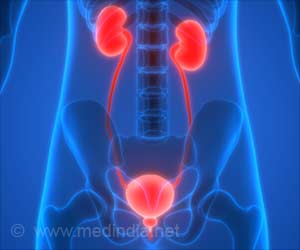Prevention strategies across society show a great deal of promise in preventing unintended deaths and injuries, a new report has found

In 2010 alone, the top three causes of death for those aged between one and 30 were unintentional injury, suicide, and homicide. Almost four fifths of deaths among people in this age group were due to injuries, with only one fifth due to chronic diseases and only 1% due to infectious diseases. In 2010, among people of all ages, 121 000 died due to unintentional injuries, including automobile crashes, poisoning, and suffocation.
Rates of suicide and homicide are unequally distributed across groups, the report found. Suicides were twice as common as homicides (38 364 deaths in 2010 alone, versus 16 259). The highest rates of suicide are found in Native American and Alaskan Natives (16.9 per 100 000) and non-Hispanic whites (14.9). Homicide rates for African Americans (18.6) were double those of the nearest group (Native Americans and Alaskan Natives) and several times higher than other groups. Large disparities between men and women were also observed in the rates of suicide (19.8 vs 5.0) and homicide (8.3 vs 2.2).
Opioid painkillers such as oxycodone and hydrocodone are also a large source of injury deaths. The number of deaths from these painkillers has nearly quadrupled since 1990, with 38 329 people dying from drug overdoses in 2010 alone.
In 2010, the 31.2 million unintentional and violence-related nonfatal injuries had an estimated cost of over US$500 billion dollars in medical care and lost productivity. According to the report, that figure "does not include the costs associated with non-medically treated injuries, legal costs or indirect costs from other health problems associated with or exacerbated by violence and injuries."
According to lead author Dr. Tamara M. Haegerich, PhD, at the Division of Unintentional Injury Prevention, National Center for Injury Prevention and Control, there is a lot that can be done to prevent injuries and death. "Injuries and violence are not accidents and are not inevitable. They can be prevented. Yet, although figures in public health maintain a common understanding of the definition, causes, and solutions to injuries and violence, this recognition might not be widely accepted by other audiences, including policy makers, clinical health professionals, and the public."*
Advertisement
Advertisement









